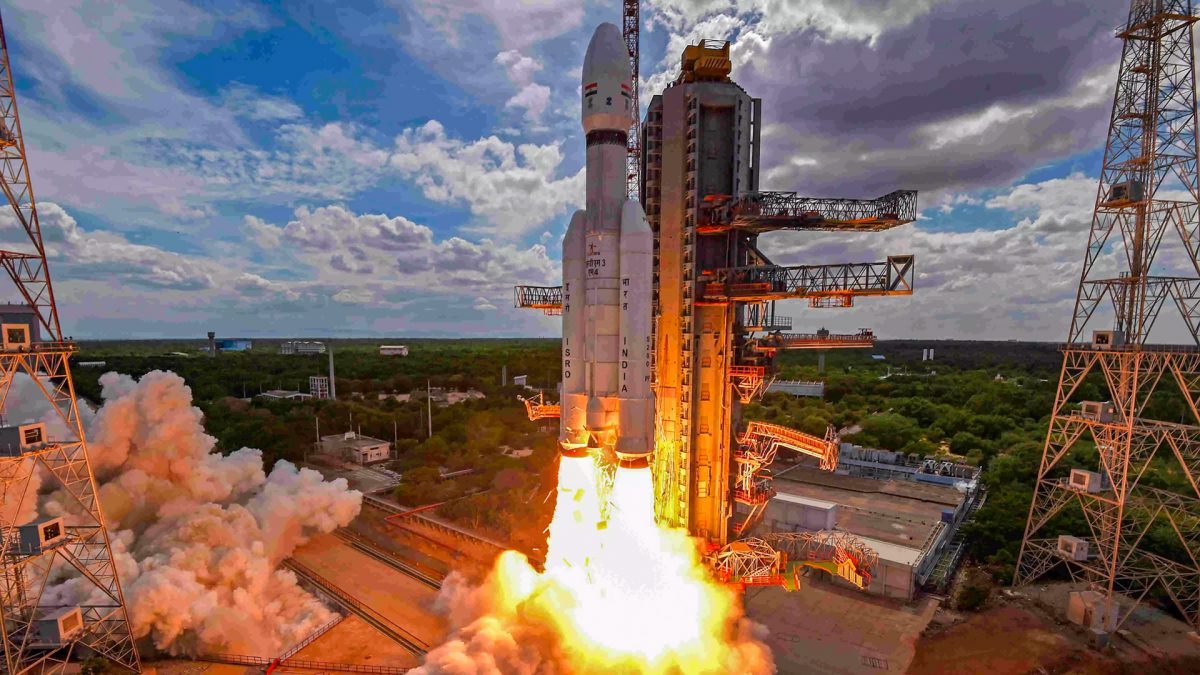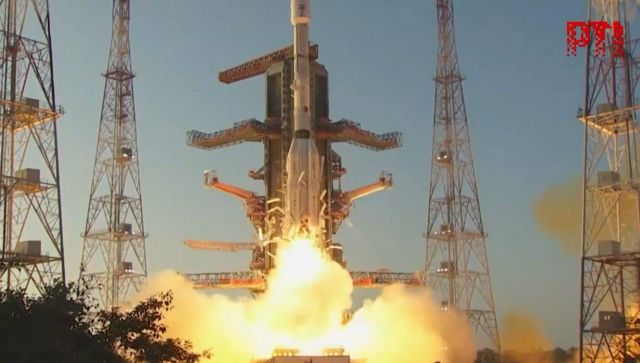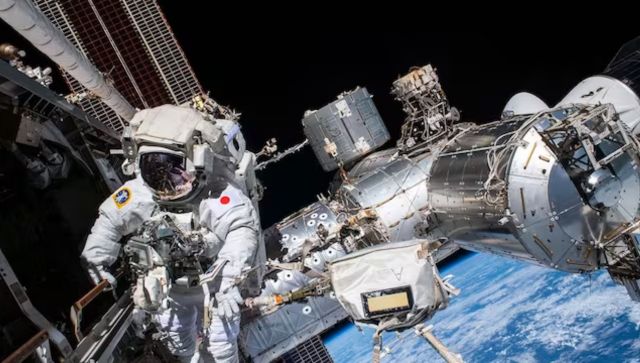Following a prolonged and bone-chilling lunar night lasting 14 days, the Indian Space Research Organisation (ISRO) is gearing up to reawaken the Chandrayaan-3 mission’s lander and rover modules, Vikram and Pragyan.
Sunlight has finally returned to the Shiv Shakti Point in the South Polar region of the Moon, where the modules have been stationed. This return of sunlight brings with it the much-needed warmth required to activate the solar panels on Vikram and Pragyan.
The lunar night, which endures for approximately 14 Earth days, ushers in plummeting temperatures, making it even colder than the harshest Antarctic winters. This extreme cold poses a formidable challenge to the survival and functionality of the mission’s equipment.
Nevertheless, ISRO’s dedicated scientists have been diligently working to ensure the successful revival of these modules.
Before the lunar sunset, the Vikram Lander and Pragyan Rover, integral to the Chandrayaan-3 mission, were placed in a state of dormancy. Their batteries, initially charged by sunlight, were preserved, and their solar panels were strategically oriented to capture the first light at dawn.
These solar panels hold a pivotal role in generating the power necessary to charge the batteries for the subsequent 14 days, until sunlight graces them once more.
The endeavor to reactivate these instruments is slated for September 21 and 22, timed to coincide with the lunar dawn. ISRO holds optimism that these vital components will spring back to life on September 22.
Should this reawakening prove successful, it would signify a momentous achievement in space exploration, showcasing our ability to endure and function effectively in the unforgiving lunar environment.
The primary objective of the Chandrayaan-3 mission was to execute a gentle landing on the Moon and undertake an examination of lunar surface characteristics, encompassing thermal properties and surface elements of the lunar topsoil.
The Pragyan rover has been operational since August 23, dutifully carrying out its mission objectives.
The triumphant revival of Vikram and Pragyan would not only extend the mission’s lifespan but also furnish valuable insights into surviving the lunar night. Such insights could hold profound implications for forthcoming lunar missions and the overarching aspiration of establishing a permanent human presence on the Moon.
Timeline of the Chandryaan-3 missions
14 July: ISRO successfully launches the Chandrayaan-3 mission to its Earth orbit 31 July: Chandrayaan-3 is finally pushed towards the moon after a number of orbits around the earth. 5 August: ISRO places Chandrayaan-3 in an orbit around the Moon 17 August: Vikram Lander Module separates from Chandrayaan-3’s propulsion unit 18 August: Vikram Lander starts deorbiting on its final journey to the moon. 23 August: ISRO creates history, Chandrayaan-3’s Vikram lander soft lands on the lunar South Pole. Pragyan rover gets deployed. 6 August: ISRO declares that all three major objectives of the Chandrayaan-3 mission stand successful September 2: Pragyan Rover put to sleep September 4: Vikram Lander performs second soft landing September 4: Vikram Lander put to sleep September 22: ISRO tries to revive Vikram Lander and Pragyan Rover


)




)
)
)
)
)
)
)
)